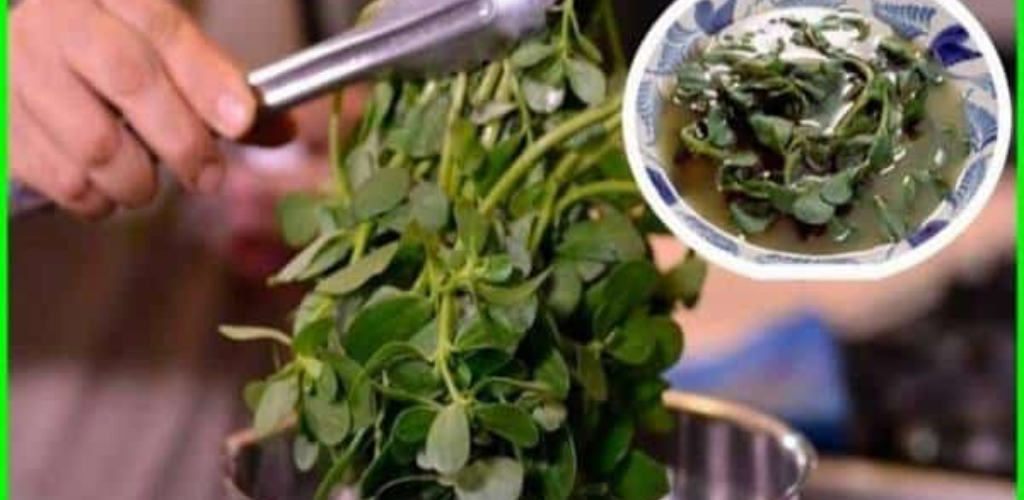Why You Should Have This Plant in the Garden
Did you say weed? Purslane is actually a very tender plant, rich in omega-3 and antioxidants. Instead of trampling on it, take the time to pick this “good herb” and enjoy all its benefits.
Presentation of purslane
Also called market gardening purslane or porcelan, purslane is a plant that is considered a “weed” plant. It is used in cooking as a vegetable, but also in herbal medicine.
It is easy to find it in gardens, but it is much more abundant in warm areas. If you live in France, it is likely to be grown in the south of the country. The scientific name for purslane is porcelaca oleracea. It is a plant that you need to know well to use it in the right conditions.
The virtues of purslane
We come to the interesting point of the story. Why eat purslane? Well because it contains lots of good things:
- Minerals (including potassium, magnesium and calcium)
- Vitamins (especially C, A, B and E)
- B-carotene (hence the color of the stems… and the name of the plant)
- And finally Omega 3, which is rare for green leaves (hence the fatty appearance of the plant)
As you will have understood, purslane is generally rich in antioxidants and provides many nutrients, important whatever our diet. It was traditionally consumed by many peoples, and is also part of the famous Cretan diet.
Purslane can also be used in herbal medicine. I haven’t tried it yet, but I read that purslane juice can be used as a healing and anti-inflammatory. Chewing leaves soothes sore throats and sensitive gums. An infusion of young dried leaves is said to have diuretic and detoxifying properties. I will be sure to let you know what it is as soon as I have the opportunity to test it.
Internal use
As an infusion, purslane leaves purify and relieve burning and stomach cramps.
It is also indicated in cases of hypertension or as a relaxant in cases of insomnia and nervousness.
Chew the leaves: against sore throats and gum inflammation.
External use
Juice of purslane leaves in case of conjunctivitis, pour drop by drop to clean the eyes and inflammation of the eyelid.
Purslane poultice, mixed with a spoonful of olive oil, is very effective for bruises, aches and muscle cramps.
On the stomach, the crushed leaf poultice reduces flatulence.
How to prepare pickled purslane
Ingredients
- 250 g purslane
- 250 ml of apple cider vinegar
- 3 cloves of garlic
- Peppercorns, to taste
- Salt to taste
Preparation
- Wash the purslane very well with plenty of water and baking soda to remove all kinds of dirt.
- Remember that you can use both the stems and leaves since everything is edible.
- Cut the purslane into small pieces of about 2 cm and place it in a glass jar.
- Peel and chop the garlic and add to the pot with the pepper and salt.
- Finally, add the vinegar until all the ingredients are covered.
- Take this into consideration as all produce needs to be soaked in vinegar. Finally, close tightly.
- Store the jar in the refrigerator for 15 days, then the pickled purslane is ready to eat.
